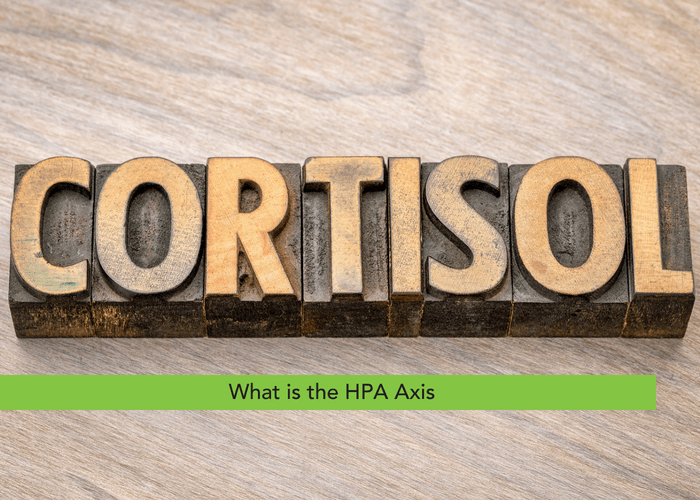

What is the HPA Axis
Hi, this is Dr. Emily Parke with your Functional Health Minute. Today I’d like to take a few minutes to talk about the adrenals. There’s an old term that gets thrown around quite a bit still called adrenal fatigue, but what we really found medically is that the adrenal glands themselves are fine in most cases.
HPA axis dysfunction
Now, there are two actual medical disorders, one in which the adrenal glands produce too much cortisol, and that’s something called Cushing syndrome. There’s also a disease called Addison’s disease in which the adrenal glands don’t produce enough cortisol. Most of all other cortisol issues are really what’s called HPA axis dysfunction, hypothalamic-pituitary-adrenal axis dysfunction. In other word, there’s a glitch in the signaling from the hypothalamus to the pituitary or from the pituitary to the adrenals. That is really what contributes to most patient’s symptoms.
Cortisol
Now, for example, cortisol, which is one of your body’s main stress hormones, has a natural rhythm throughout the day. Cortisol is, for example, highest in the morning. It’s part of what helps you wake up, and cortisol is supposed to be the lowest at night before you go to bed. It’s part of what helps you fall asleep. Cortisol drops and melatonin rises, but there can be dysfunctions in that cortisol rhythm that can give patients lots of different symptoms. For example, if cortisol is too high before bed or in the middle of the night, it can cause you to have difficulty falling asleep and/or staying asleep, but if cortisol is too low first thing in the morning, this is really significant morning fatigue, trouble getting up and started during the day.
I hope this helps explain a little bit about the old adrenal fatigue and the new HPA axis dysfunction description of what’s actually going on inside your body with cortisol. This is Dr. Emily Parke with your Functional Health Minute.
Share:
Social Media
Most Popular Posts
Subscribe To Our Newsletter
Related Posts

New Podcast Episode: My journey into functional medicine + what I’ve learned
I’m excited to share that I recently joined DeLo for Episode 165 of the On the DeLo podcast! In this conversation, we explored my journey

Understanding the Essential Labs for Women on Hormone Replacement Therapy (HRT)
So what are the minimum labs we’re looking at when we do hormone replacement therapy? We obviously want to look at an estrogen level, so

How to figure out the right amount of HRT in women
What about checking lab values when you’re on hormone replacement therapy? I do find it to be helpful, but we also want to consider symptoms.

Did you know there’s a difference between food allergies, sensitivities, and intolerances?
Did you know that there’s a difference between food allergies, food sensitivities and food intolerances? Food allergies, the reactions tend to happen pretty immediately and
